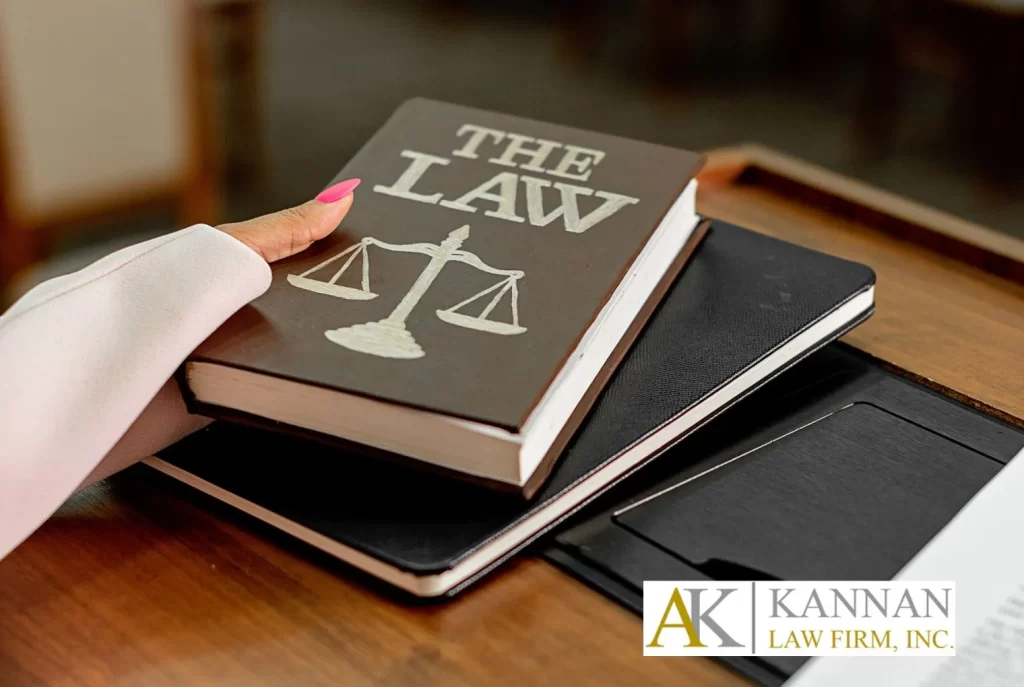3 Strikes Law in California: How It Works and Who It Affects
3 Strikes Law in California: How It Works and Who It Affects
The Three Strikes Law in California has been one of the most debated criminal sentencing policies in the United States. First enacted in 1994, the law aimed to deter repeat offenders by imposing harsher penalties on those convicted of multiple serious or violent crimes.
These three strikes laws lead to life sentences for individuals convicted of three or more serious felonies, emphasizing the legal implications and challenges associated with these regulations. Offenders convicted of serious or violent felonies face significantly enhanced sentencing under the Three Strikes Law, a challenge for criminal defense attorneys.
While the policy has undergone significant reforms, the California 3 Strikes Law is still in effect today—though it no longer operates with the same rigidity as when it first passed.
Let’s break down how the three strike rule works, what crimes fall under the three strikes law, who it affects most, and how recent reforms have reshaped the legal landscape.
If you have any criminal-defense-related questions, call us today at (619) 746-8879
Key Takeaways
- The Three Strikes Law is still active in California, but significant reforms, especially Proposition 36, have narrowed its scope to prevent life sentences for non-serious, non-violent third offenses.
- The law targets repeat offenders with serious or violent criminal histories, but its impact has historically been harsh and sometimes disproportionate, especially before the 2022 reform. The strikes’ penalties have led to severe prison sentences for nonviolent crimes, raising legal and financial concerns.
- Individuals currently serving life sentences under the older version of the law may qualify for resentencing, offering a path to reduced punishment under the revised standards. Prior offenses can significantly influence the possibility of resentencing, as the revised standards consider the nature and severity of past crimes.
What Is the Three Strikes Law?
The three strikes law mandates a progressively harsher sentence for individuals who have been convicted of serious or violent felonies. Specifically:
- First Strike: If convicted of a serious or violent felony, the offender receives the normal sentence.
- Second Strike: A second conviction for another serious or violent felony doubles the sentence.
- Third Strike: A third conviction—regardless of whether it is serious or violent—can result in a sentence of 25 years to life in prison, depending on the specifics of the crime and the offender’s history, including prior felony convictions.
This three-tiered structure is what gives the law its nickname: “Three Strikes and You’re Out.”

Background and History
The Three Strikes law, also known as the “three strikes and you’re out” law, was enacted in California in 1994 as a response to the high rate of violent crime and the perceived leniency of the criminal justice system [1]. The law was designed to impose harsher sentences on repeat offenders, particularly those with prior convictions for serious or violent felonies.
Initially, the law aimed to deter violent felonies by ensuring that repeat offenders would face significantly longer prison sentences. However, its broad application meant that even non-violent third offenses could trigger a life sentence, leading to widespread criticism and calls for reform.
Over the years, the law has undergone several changes, most notably with the passage of Proposition 36 in 2012, which allowed for the re-sentencing of certain non-violent third-strikers.
Despite its intent to enhance public safety, the Three Strikes law has been controversial. Critics argue that it disproportionately affects minority communities and leads to cruel and unusual punishment for relatively minor offenses.
Nonetheless, supporters believe it has been an effective tool in reducing violent crime by keeping habitual offenders off the streets.
What Crimes Fall Under the Three Strikes Law?
The types of offenses considered strikes are defined under California Penal Code §§ 667 and 1192.7. Some of the most common strike crimes include:
- Murder and attempted murder
- Rape and other sex crimes involving force or threats
- Kidnapping
- Robbery
- Residential burglary
- Arson
- Certain firearm offenses
- Assault with a deadly weapon
- Aggravated assault
Additionally, some non-violent felonies may be considered strike offenses if they involve particular aggravating factors, such as the use of a weapon or causing serious bodily harm. Serious felonies, as defined by the law, can also be considered strikes, significantly impacting sentencing and the legal consequences for repeat offenders.

Who Does the Three Strikes Law Affect?
The three strikes law disproportionately impacts individuals with a history of serious or violent criminal behavior. However, before reforms were introduced, even non-violent third offenses, such as misdemeanors like petty theft or drug possession, could trigger a life sentence if the person already had two prior strike convictions.
This led to many controversial cases and a significant prison population burdened with life sentences for relatively minor third offenses. The inclusion of lesser offenses, such as firearm violations and burglary, in the list of serious or violent crimes further exacerbated the issue, leading to severe penalties for crimes that may not traditionally be viewed as violent.
Reform and Appeal Options
There are several reform and appeal options available for individuals sentenced under the Three Strikes law. In 2012, California voters passed Proposition 36, which amended the law to require that the third strike offense be a serious or violent felony to trigger the mandatory life sentence. This significant change has allowed some non-violent third-strikers to be re-sentenced, reducing the number of individuals serving life sentences under the law.
Additionally, individuals sentenced under the Three Strikes law may be eligible for appeal or post-conviction relief. This is particularly relevant if they can demonstrate that their prior convictions do not meet the requirements of the law or that they were wrongly convicted.
The California Supreme Court has also ruled that judges have the discretion to dismiss prior serious or violent felony convictions under the Three Strikes law, providing another potential avenue for relief.
Furthermore, the passage of Senate Bill 483 has introduced a fairer and proportionate approach to sentencing for certain non-violent offenses. This legislative change, along with the expertise of experienced criminal defense attorneys, can help individuals navigate the complexities of the law and seek a more just outcome.
These reforms and appeal options reflect ongoing efforts to balance public safety with the need for a fair and equitable criminal justice system.
Is the Three Strikes Law Still in Effect?
Yes, the three strikes law is still in effect in California, but it has been significantly revised. The three strikes penalties have been a subject of legal challenges and constitutional implications, particularly when applied to non-serious crimes.
In 2012, Proposition 36 was passed by voters, changing how the third strike is applied. Under the revised law:
- A life sentence for a third strike can only be imposed if the new felony conviction is also serious or violent, with some exceptions (e.g., if the offender has a prior conviction for murder, rape, or child molestation).
- Inmates serving life sentences under the previous version of the law may petition for resentencing if their third strike was non-serious or non-violent.
The US Supreme Court ruled on several landmark cases that have shaped the law’s implementation, addressing issues of sentencing, judicial discretion, and constitutional protections against cruel and unusual punishment.
This reform marked a major shift, focusing more on public safety and proportional punishment rather than automatic life sentences.
Final Thoughts
While the California 3 strikes law was originally intended to curb repeat violent offenders, its early implementation led to many individuals receiving life imprisonment for non-violent crimes. The three strikes legislation has evolved, especially with the passage of Proposition 36, which sought to correct some of its harshest applications.
If you or a loved one is facing criminal charges and have prior convictions, it’s crucial to speak with a qualified criminal defense attorney who understands how the three strike rule could impact your case.
Contact Kannan Law in San Diego for more information about how we can help.
Frequently Asked Questions
Can a strike conviction be removed from someone’s record?
Yes, in certain cases, individuals may petition the court to have a prior strike conviction dismissed under People v. Superior Court (Romero). This is at the discretion of the judge and typically requires demonstrating rehabilitation or mitigating circumstances.
Does a juvenile conviction count as a strike under California law?
It can. If the juvenile was at least 16 years old at the time and the offense qualifies as a serious or violent felony under the law, it may be counted as a strike in future adult sentencing.
Are federal or out-of-state convictions considered in California’s Three Strikes Law?
Yes. If a prior conviction from another jurisdiction involves conduct that would be considered a serious or violent felony in California, it may qualify as a strike for sentencing purposes under the California Three Strikes Law.
